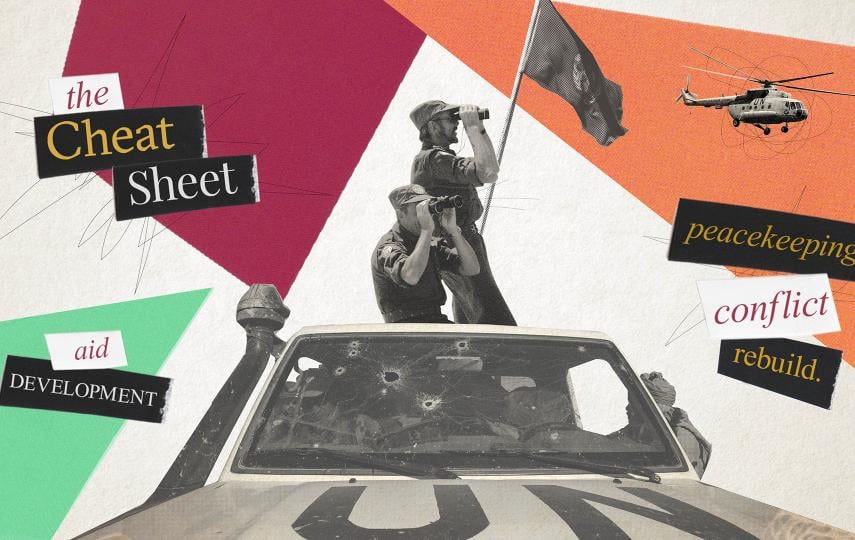KABUL
Packed into brightly coloured trucks, tractors, pick-ups and buses, thousands of Afghans throng the Pol-e Charkhi returnee centre about 15 km east of the capital, Kabul. In the week that the UN announced that more than a million refugees in Pakistan had signed up for repatriation, sixty-year-old Mamo Gula, who had made it to Pol-e Charkhi along with her four grand children from Pakistan's capital, Islamabad, told IRIN they were happy to be back. "I am pleased - at least I will be buried in my own soil," she said.
Gula, an ethnic Pashtun, had been living in a shanty town in Rawalpindi, Islamabad's twin city, for the last three years after her village, Qarabagh, in the Shomali plain north of Kabul, was destroyed in fighting between the Northern Alliance and the country’s former hardline Taliban regime.
"I had nothing to lose, but as most of our people were coming back I returned with them," she said. Gula's 12-year-old grandson, Javed Khan, earned the family’s living by selling fruit in Islamabad. They would now rejoin her brother's family back in their village.
Many people in her convoy from Islamabad claimed that they had been harassed by police in Pakistan, which motivated them into returning to their war-ravaged country without contemplating the consequences.
The office of the United Nations High Commissioner for Refugees (UNHCR) is assisting the largest-ever voluntary return of refugees by contributing towards their travel costs and, with other UN agencies and NGOs, providing them with food, basic health care and some essential items to enable them to start rebuilding their shattered livelihoods.
While most of the returnees are optimistic about their future, there is little infrastructure in the country to support the massive influx. In Pol-e Charkhi, a huge tent displays landmines and other unexploded ordnance, warning the returnees of danger in this context in a country full of such hazards, and threatened by insecurity.
Middleaged Haji Abdul Jabbar has returned from the Kacha Garhi camp in Peshawar, capital of Pakistan's North West Frontier Province (NWFP) after two decades of exile. "It was very hot there, and I am delighted to be back," he told IRIN. During his long years in exile, Jabbar retuned only once to his village in the Paghman district of Kabul Province after the fall of the communist regime in the early 1990s, but the subsequent outbreak of fighting forced him to flee again.
Abdul Jabbar had little idea of what he would be able to do about his destroyed house and fields having lain fallow for many years. "I pray to Allah for protection. He is our last hope," he said. But, anticipating the unknown, he had already brought all the beams, doors and windows from his mud house in Peshawar. He had even brought bulbs and fans. "One day we will have electricity," he said.
Despite the optimism of many returnees, aid agencies are worried. "One of our major concerns is to make the return sustainable," a UNHCR spokeswoman, Ragnhild Ek, told IRIN. The number of returnees in just 15 weeks - has already far exceeded the initial estimate of 800,000, with more than a million Afghans having arrived in the country.
UNHCR has now increased its estimate to two million, but is facing a financial shortfall of US $73 million. "We are also concerned about the lack of work and the lack of infrastructure," Ek said.
Many aid agencies are trying to kick-start reconstruction by initiating labour-intensive rehabilitation projects. The United Nations Development Programme’s (UNDP) Recovery and Employment Afghanistan Programme (REAP) is a case in point. It provides thousands of unskilled returnees and former combatants with employment in a bid to rehabilitate the country’s shattered infrastructure. Starting in Kabul, REAP plans to extend its operations to most of the other urban areas and their surroundings.
Ek maintained that it was wrong to regard the returnees as a burden. "They are bringing back a huge potential of human resources that this county needs," she said. UNHCR estimates that up to 37 percent of the returnees have headed for Kabul Province, while another 30 percent have returned to the eastern province of Nangarhar.
Asked whether the return of such a mass of people to urban areas, particularly Kabul, would have greater implications, Ek said she believed there was going to be a demographic transition in the country, because many Afghans had adopted a urban lifestyle in exile. "Even in well developed places like New York, life would come to a standstill if it had to cope with such a massive influx," she said.
This article was produced by IRIN News while it was part of the United Nations Office for the Coordination of Humanitarian Affairs. Please send queries on copyright or liability to the UN. For more information: https://shop.un.org/rights-permissions
![A new arrival registers at Pol-e Charki returnee centre in Kabul [Afghanistan] A returned refugee is checked in at Pule-e-Chakri reception centre outside Kabul.](https://assets.thenewhumanitarian.org/s3fs-public/images/206266.jpg)



